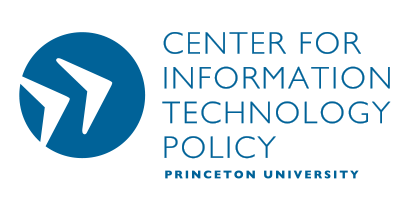Opponents of unauditable e-voting technology often talk about the threat of fraud. They worry that somebody will compromise a voting machine or will corrupt the machines’ software, to steal an election. We should worry about fraud. But just as important, and more likely, is the possibility that software bugs will cause a miscount that gives an election to the wrong candidate.
This may be what happened two weeks ago in a school board race in Fairfax County, Virginia. David Cho at the Washington Post reports :
School Board member Rita S. Thompson (R), who lost a close race to retain her at-large seat, said yesterday that the new computers might have taken votes from her. Voters in three precincts reported that when they attempted to vote for her, the machines initially displayed an “x” next to her name but then, after a few seconds, the “x” disappeared.
In response to Thompson’s complaints, county officials tested one of the machines in question yesterday and discovered that it seemed to subtract a vote for Thompson in about “one out of a hundred tries,” said Margaret K. Luca, secretary of the county Board of Elections.
“It’s hard not to think that I have been robbed,” said Thompson, whose 77,796 recorded votes left her 1,662 shy of reelection. She is considering her next step, and said she was wary of challenging the election results: “I’m not sure the county as a whole is up for that. I’m not sure I’m up for that.”
And how do we know the cause was a bug, rather than fraud? Because the error was visible to voters. If this had been fraud, the “X” on the screen would never have disappeared – but the vote would have been given, silently, to the wrong candidate.
You could hardly construct a better textbook illustration of the importance of having a voter-verifiable paper trail. The paper trail would have helped voters notice the disappearance of their votes, and it would have provided a reliable record to consult in a later recount. As it is, we’ll never know who really won the election.
